Bourbon isn’t a monolith. Sure, there are rules about how the whiskey style is defined — 51 percent corn, first aging in new American oak, etc. Then there are more specific rules about ABVs at distilling, barreling, and so on. But we’re not here to talk about all that. We’re here to talk about the quintessential tastes of bourbon and what elements create those flavor notes.
There are some basic aspects of bourbon that feature in almost every single brand’s core expressions: Vanilla, oak, and caramel. Often those notes are supported by spice (peppery or dusty brown spices), fruits (especially apple or stone fruits), florals, and, of course, corn. From there, anything goes and there are almost endless variations and riffs to explore. That’s what makes drinking bourbon so much fun. The grains, yeasts, oaks, blends, finishing techniques, and time-in-barrel all bring a little something different and unique to any bourbon you try.
The precise impact of each of those elements is exactly what we’re exploring today. And we’re breaking them down one at a time.
The ten bottles below each embody how a single key ingredient or process can affect the final product. This is about pinpointing a taste or why a process like, say, small batching is important to flavor, texture, and overall experience. That being said, of course, these are not the only bottles that represent these production steps in bourbon. They’re simply primes examples that we also have a lot of fun drinking — which is sort of the whole point, after all.
ELEMENT 1: Corn — Balcones Texas Blue Corn Bourbon
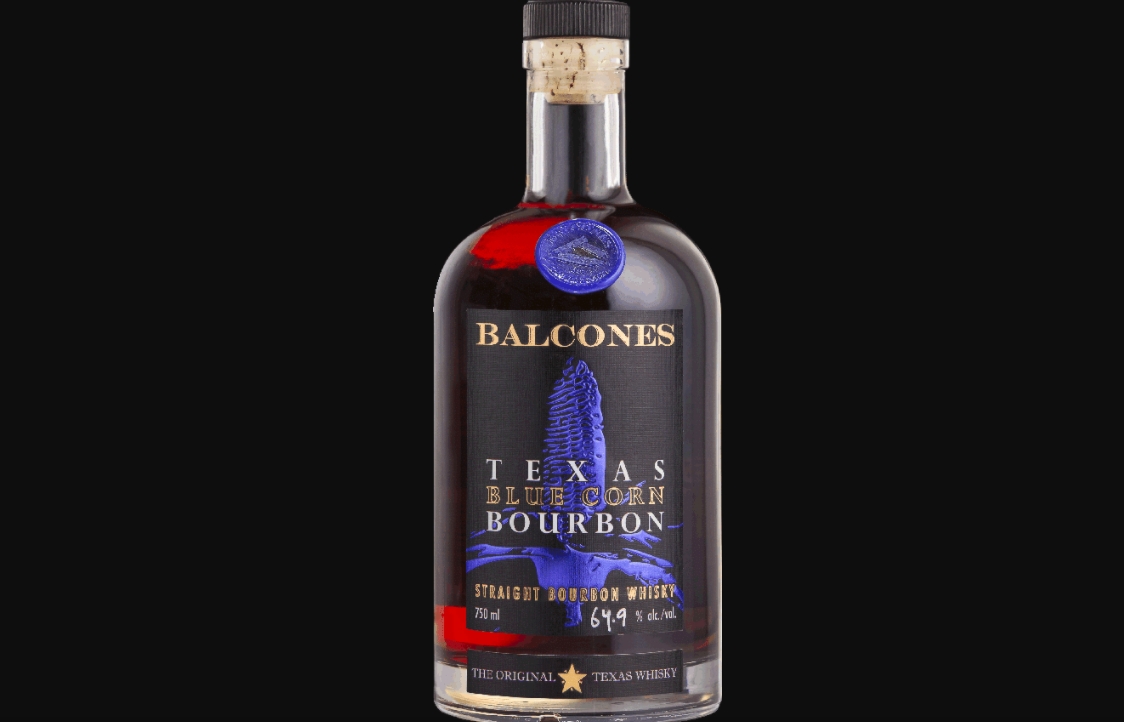
ABV: 64.5%
Average Price: $58
The Whisky:
This Texan whiskey utilizes sustainably grown blue corn from west Texas along the New Mexico border. The juice is aged in their warm Waco warehouses under that Texas sun before it’s bottled at barrel-proof without any fuss.
Tasting Notes:
Freshly baked cornbread dripping with salted butter is counterpointed by white pepper and a hint of spicy pipe tobacco. The palate edges towards a buttermilk biscuit dripping with orange marmalade with notes of bitter-then-sweet black tea next to Red Hot candies. The corn makes a comeback on the end, with a sweet, buttery, and charred edge that leads to a marshmallow that’s just been kissed by the flame and smoke from a backyard campfire.
Why It’s Special:
This grabs a lot of attention for its boldness and differentiation from standard bourbons. It’s specifically and intentionally not a standard dram. At the center of this sip is the corn via a cornmeal/cornbread opening and that corn-on-the-cob fresh off the grill finish.
Bourbon is all about corn and this bottle plays into that fact while taking the corn flavor notes somewhere new.
ELEMENT 2: “Wheated” — Maker’s Mark
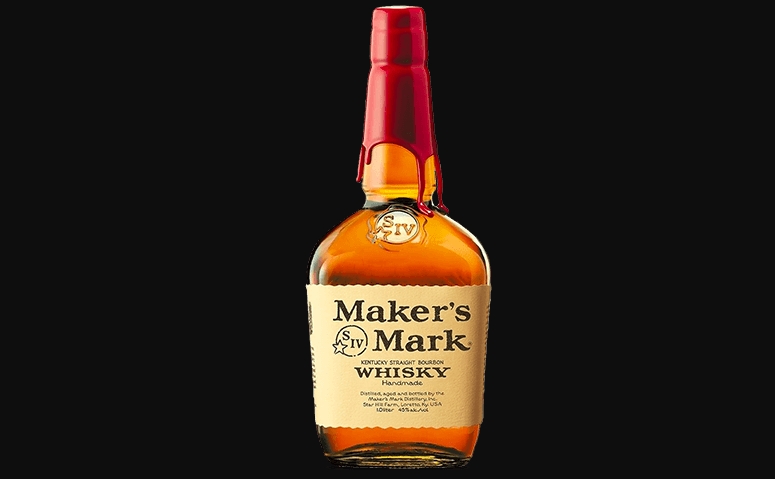
ABV: 45%
Average Price: $30
The Whisky:
Maker’s (Beam Suntory) is a classic wheated bourbon. Their mash bill (recipe) eschews the usual dose of rye for a 16 percent cut of red winter wheat. The juice is then aged in fairly heavily charred oak for up to seven years before blending, proofing, and bottling.
Tasting Notes:
The sip pulls you in with a nice oakiness next to plenty of classic notes of caramel and vanilla with a grainy underbelly that’s partially grassy and floral. The palate delivers on those notes while adding a bit of a caramel apple sweetness that leads towards a chewy plummy nature. The end is silken with a sense of that dried wheatgrass and oaky spice fading across your senses.
Why It’s Special:
In the world of wheated bourbons, things can get a bit crazy, price wise. Looking at you, Pappy. To get a sense of the beauty of wheated bourbon without selling a kidney, try some Maker’s! It’s affordable and on pretty much every liquor store shelf.
After you have a baseline, try to nab some Weller and Larceny to expand your wheated bourbon appreciation.
ELEMENT 3: High-Rye — Old Grand-Dad Bonded
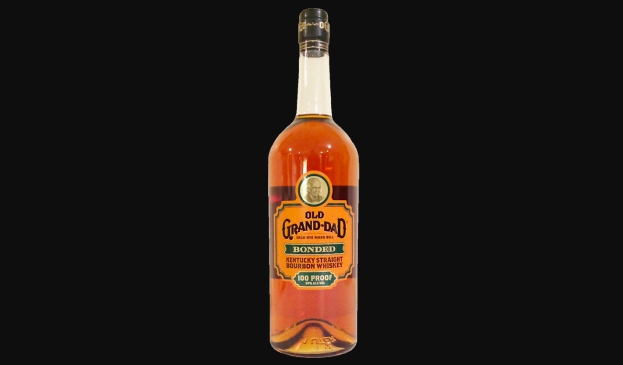
ABV: 50%
Average Price: $25
The Whiskey:
Old Grand-Dad is part of Jim Beam’s “Old” line of whiskeys, along with Old Overholt. The juice is made with a mash bill of 27 percent rye, adding a really sharp focus on what the grain can bring to bourbon. The whiskey is then aged for at least four years in a bonded warehouse and bottled at 50 percent, which lets a bit more of the aged juice shine in the bottle.
Tasting Notes:
There’s a clear sense of peppery spice counterpointed by a creamy vanilla pudding with a touch of brown sugar and spices. There’s an orange blossom floral/fruity nature that sharpens to an orange oil cut with Christmas spices, which leads towards more of that vanilla pudding with a touch of oak. The finish leans into the vanilla, pepper, dark spices, fruit, and oak as a final note of corn arrives to remind you this is a bourbon and not rye.
Why It’s Special:
To really get the “rye peppery spice” experience in bourbon, you need to go with the really high-rye stuff — so, a bourbon that has over 20 percent rye in the mash bill. And that’s where this bottle comes in. It’s very easy to find, cheap, and actually tastes pretty damn good for the price, especially if you’re mixing up cocktails.
ELEMENT 4: Yeasts — Four Roses Small Batch Select

ABV: 54%
Average Price: $60
The Whiskey:
Four Roses (Kirin Brewing) is renowned for utilizing ten whiskeys with five different yeasts and two mash bills (one high-rye and one low-rye). This expression is a blend of six bourbons that use both mash bills with three different yeast strains: Delicate fruit, slight spice, and herbal notes.
Those whiskeys spend a minimum of six years in the barrel for blending with no chill-filtration and only a touch of water added to bring the proof down.
Tasting Notes:
The fruit and spice are very prominent on the nose, leaning towards fresh raspberry next to sharp cloves and a bit of musty oak. The palate expands on the fruits, adding in apricot, peach, and more red berries while the spice mellows to more cinnamon, nutmeg, and vanilla, with a very slight hint of fresh mint coming in late. The end builds on the mint, berries, and woody cinnamon bark while warming nicely towards a subtle and slow finish.
Why It’s Special:
You really get a sense of the essence the yeast brings to the mix with this whiskey via those fruity notes. The stone fruit and berries are easily recognizable, alongside that spice and mint. You still know you’re drinking bourbon with all the vanilla and oak present, but there’s certainly something a bit brighter at play thanks to those varying yeasts.
ELEMENT 5: Blending — Jim Beam Black
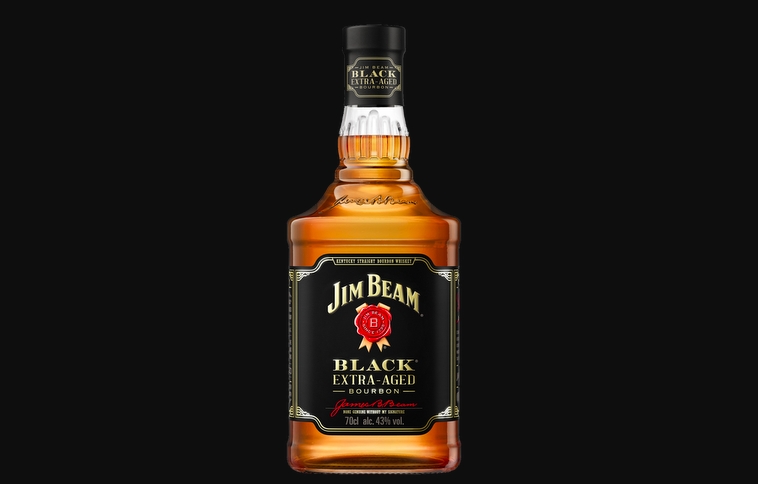
ABV: 43%
Average Price: $23
The Whiskey:
Jim Beam, like all whiskey, is about finding the perfect barrels to create a taste for an expression. Their Black expression is a great example of how multiple barrels of varying ages can come together to create a better whole. This used to be the 8-year Beam expression but is now a blend of Beam bourbon aged up to (and maybe longer) than eight years.
The whiskeys are then married, proofed with that soft Kentucky limestone water, and bottled.
Tasting Notes:
The bourbon opens with classic hits of caramel corn, vanilla, oak, and sweet apples. The taste delivers on those promises while refining each. The vanilla is almost dried or husk-like. The caramel corn is buttery yet slightly salted. The sweet apples have a tartness to them. The oak is slightly toasty and has a touch of sweet smoke following it. The end is medium-length but sticks with you.
Why It’s Special:
This is a damn fine bottle of bourbon that’s just as good (and often better) than the whiskey in $40 bottles. If anyone ever uses “blending” as a bad word in whiskey, give them this bottle to show that the process can be refined rather than muddled.
ELEMENT 6: Small Batching — Elijah Craig Barrel Proof
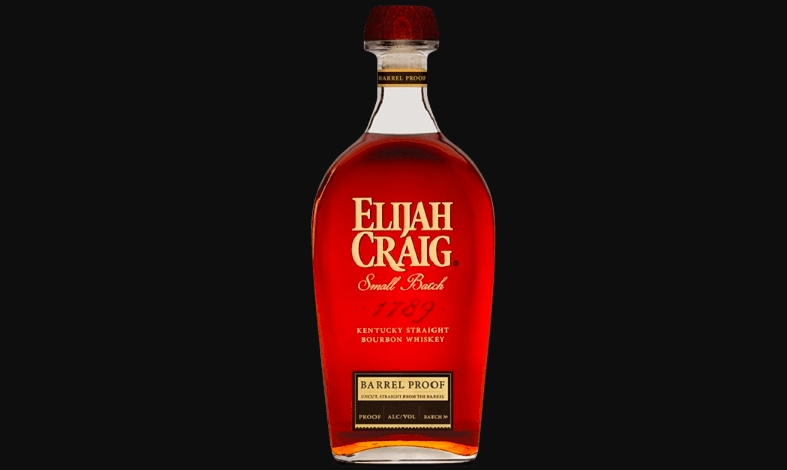
ABV: 66.4%
Average Price: $75
The Whiskey:
Elijah Craig Barrel Proof (Heaven Hill) is small-batched in production and released in small batches as well (usually three drops) throughout the year. The small-batch blending approach is all about finding the best barrels that can go directly into a bottle after marrying the barrels with no proofing or filtration needed.
Tasting Notes:
The old musty barrels come through first, with a nice dose of spicy rye, worn leather, and toffees covered in dark chocolate. There’s a bit of a marzipan edge that counterpoints the boldness of the funky and toasty oak as the vanilla pops in next to a touch of Red Hots. The end irons all the rough edges into velvet as the almonds, spice, and oak fade out slowly, leaving you with a warming embrace.
Why It’s Special:
This is the power of small-batching excellent barrels of bourbon into a final product. It’s truly refined and goddamn delicious. The commitment to craft and detail is what makes this dram worth the high(ish) price tag.
ELEMENT 7: Single Barreling — Blanton’s Single Barrel
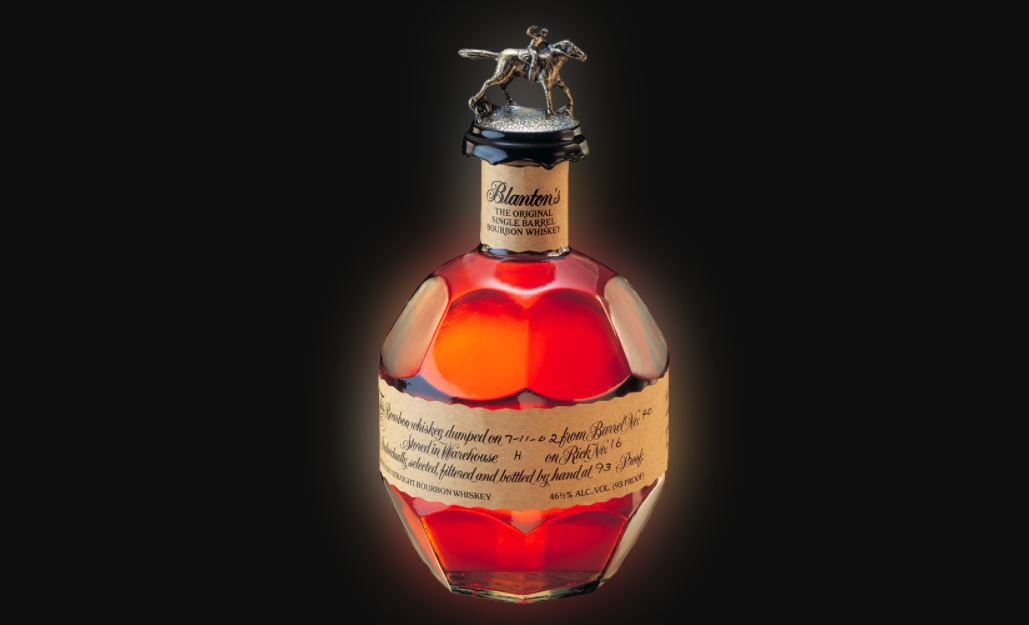
ABV: 46.5%
Average Price: $100
The Whiskey:
Blanton’s is Buffalo Trace’s (Sazerac Company) signature single barrel expression that also happens to be the first commercially available single barrel bourbon. The juice is aged in a specific warehouse at BT’s massive campus. The barrels are hand-selected for their exactness and taste. They’re then proofed with a little soft Kentucky water and bottled.
Tasting Notes:
Vanilla and Christmas spices subtly greet you on the nose. The vanilla amps up on the palate, as notes of caramel kettle corn with a slight hint of salt lead back towards that spice and an almost honeyed sweetness. The Christmas spices ramp back up near the finish, leaving you with a sense of nutmeg, creamy vanilla, a hint of oak, and a slight return of the caramel corn.
Why It’s Special:
There’s a subtlety to this single barrel expression that highlights the classic notes of bourbon. Yes, it’s a little spendy. But this is a very easy-to-drink dram that is unmistakably “bourbon whiskey” in every part of the tasting experience.
It’s the opposite of muddled — one bottle from one barrel with one specific POV in play.
ELEMENT 8: Oak — Woodford Reserve Double Oaked
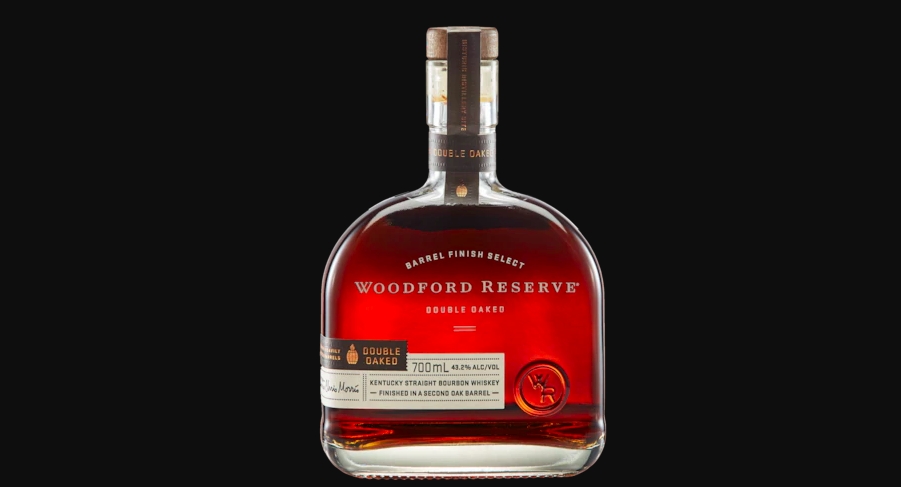
ABV: 45.2%
Average Price: $57
The Whiskey:
This high-end expression from Woodford (Brown-Forman) utilizes two-barrel maturations to help it shine. The juice is aged in one barrel that’s standard charred new American oak. The second barrel is a toasted oak barrel (air-dried) that’s then lightly charred before the whiskey goes in.
The results are then married and cut ever-so-slightly with water before bottling.
Tasting Notes:
The toasted oak is present but not overwhelming, as hints of sweet, red fruit, marzipan, soft cedar, and a touch of honey draw you in. There’s a nice sense of vanilla and more oak that ranges from bitterly charred to lightly toasted as caramel apples dance with Christmas cake spices and dried fruits. The vanilla gets slightly creamy as the nutty nature of the sip attaches to the oakiness with notes of spice, more cedar, and bitter dark chocolate shining through on the long finish.
Why It’s Special:
You really get a sense of how standard charred oak and toasted oak can help bring about a woodiness on multiple levels with this dram. Cedar, bitter charred oak, and sun-kissed toasted oak all make their presence known, adding to the depth of this affordable sipper.
ELEMENT 9: Finishing Oak — Woodinville Port Cask Finished
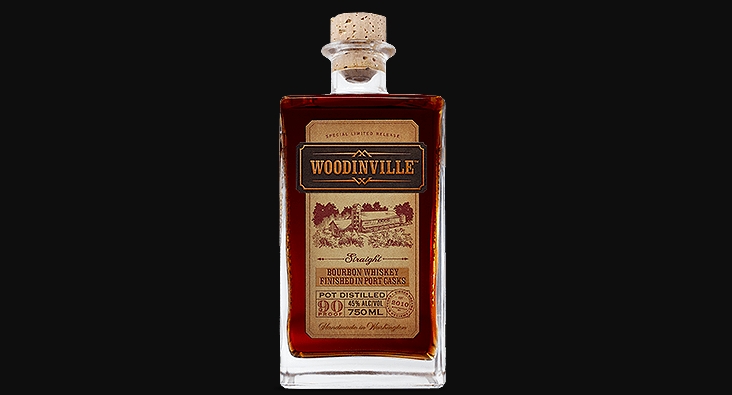
ABV: 45%
Average Price: $52
The Whiskey:
Specialty finishing casks are starting to dominate the whiskey conversation. From beer finishing to red wine finishing to cognac finishing, there’s a lot to work with. Still, port cask finishings seem to be at the forefront when it comes to taste and awards.
Case in point, Seattle’s Woodinville Bourbon‘s stellar Port Cask Finished expression.
Tasting Notes:
There’ a classic bourbon vanilla note that leads towards candied and dried fruits next to a nutty underbelly. The taste goes full Christmas cake with plenty of holiday spices, more of those candied and dried fruits, fatty nuts, and a plummy nature (that’s the port!) with a bit of a chew.
All that spice, nut, fruit, and vanilla fade slowly away with a nice svelte feel (also thanks to the finishing cask).
Why It’s Special:
There’s something about bourbon finished in port casks that just works. It’s bold, new, yet familiar. You get some lovely red fruit notes and a certain silky texture that’s tough to beat. This expression, in particular, is absolutely delicious.
ELEMENT 10: Long Aging (10 years or more) — Michter’s 10-Year Bourbon
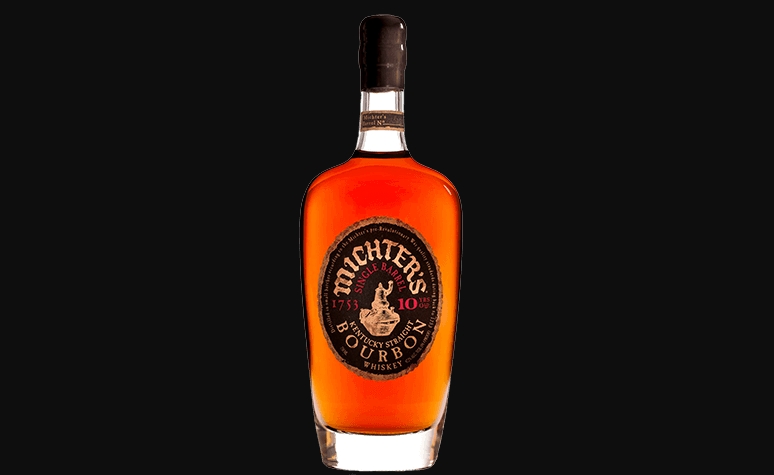
ABV: 47.2%
Average Price: $200
The Whiskey:
This yearly limited release from Michter’s is one hell of a bourbon. The juice spends ten long years resting in white oak before it’s bottled from single barrels with a drop of water added to bring it down to proof.
Tasting Notes:
This is oaky but not overly so, as a fresh maple syrup sweetness brings about a welcoming counterpoint. The vanilla is dialed back. The toffee is buttery and rich. The oak has a charred bitter edge that’s almost a dark chocolate (especially when water is added) with a worn leather and spicy/fruity tobacco flourish.
It’s spicy warm but not overpowering (thanks to a decade in the barrel). In the end, it leaves your mouth buzzing as the oak, maple, toffee, and leathery notes very slowly fade away.
Why It’s Special:
This is a great entry-point to aged bourbons as the maple, leather, tobacco, and oakiness really starts to ramp up as the years click past in bourbon. Also, this is just classic, old bourbon in a bottle that’s still very accessible (you can actually still find this on shelves and not marked up beyond its MSRP).







